Publications
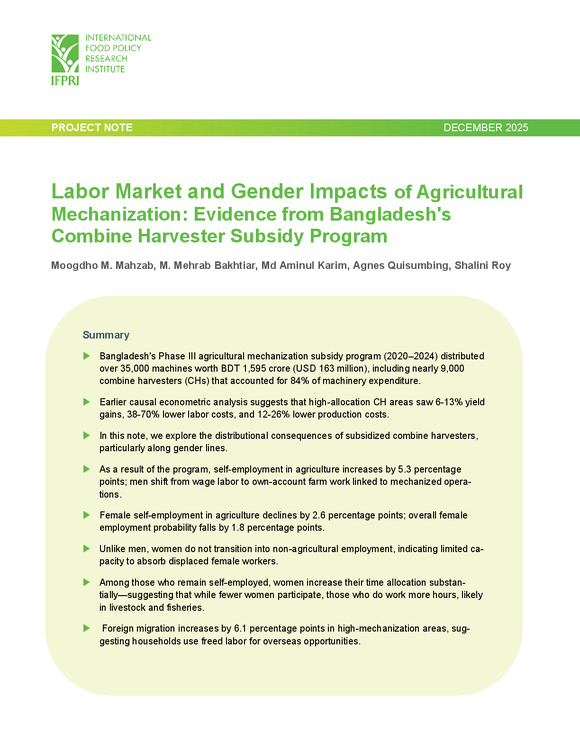
Brief
Labor market and gender impacts of agricultural mechanization: Evidence from Bangladesh’s combine harvester subsidy program
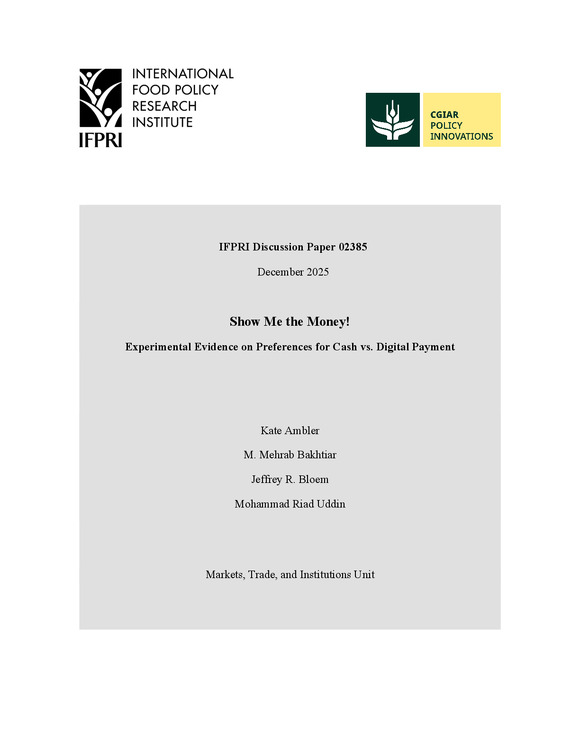
Working Paper
Show me the money! Experimental evidence on preferences for cash vs. digital payment
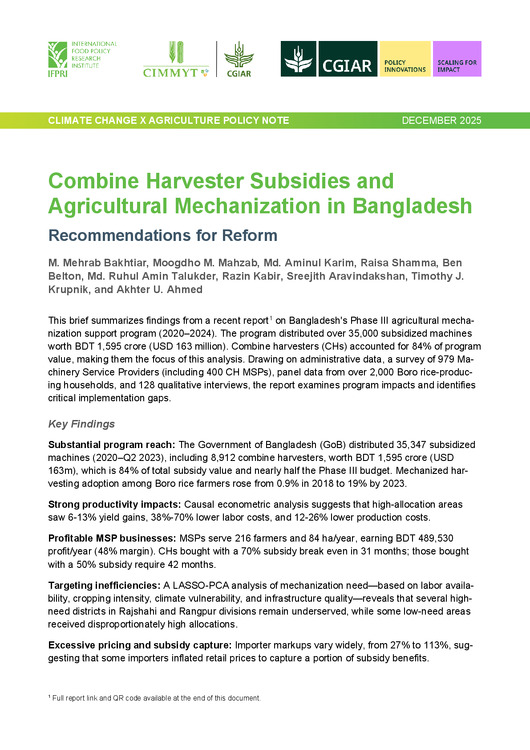
Brief
Combine harvester subsidies and agricultural mechanization in Bangladesh: Recommendations for reform
Blogs
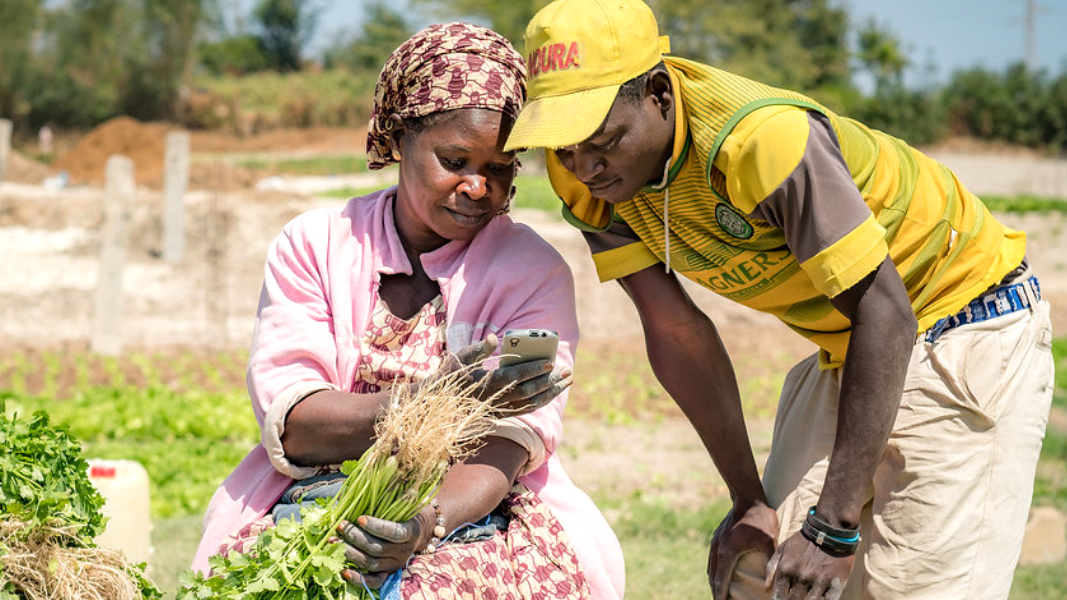
Four lessons for financial innovation in agrifood systems
Digital apps and other approaches for modernizing value chains.
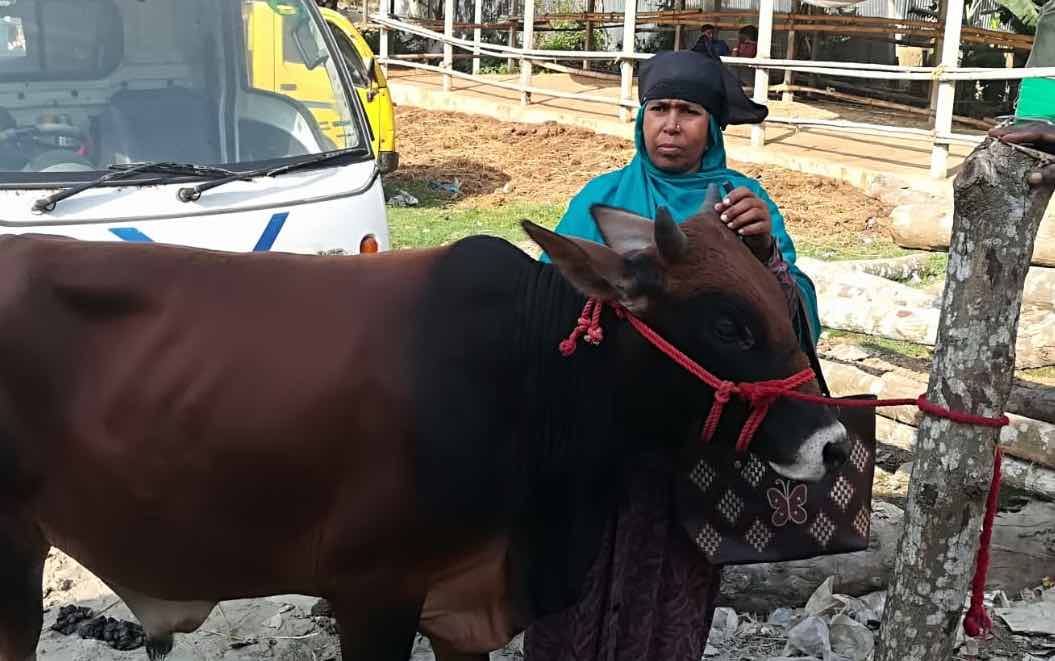
Bridging the smallholder finance gap: Collaborative research with WeGro in Bangladesh
Helping farmers purchase and sell livestock.
Events
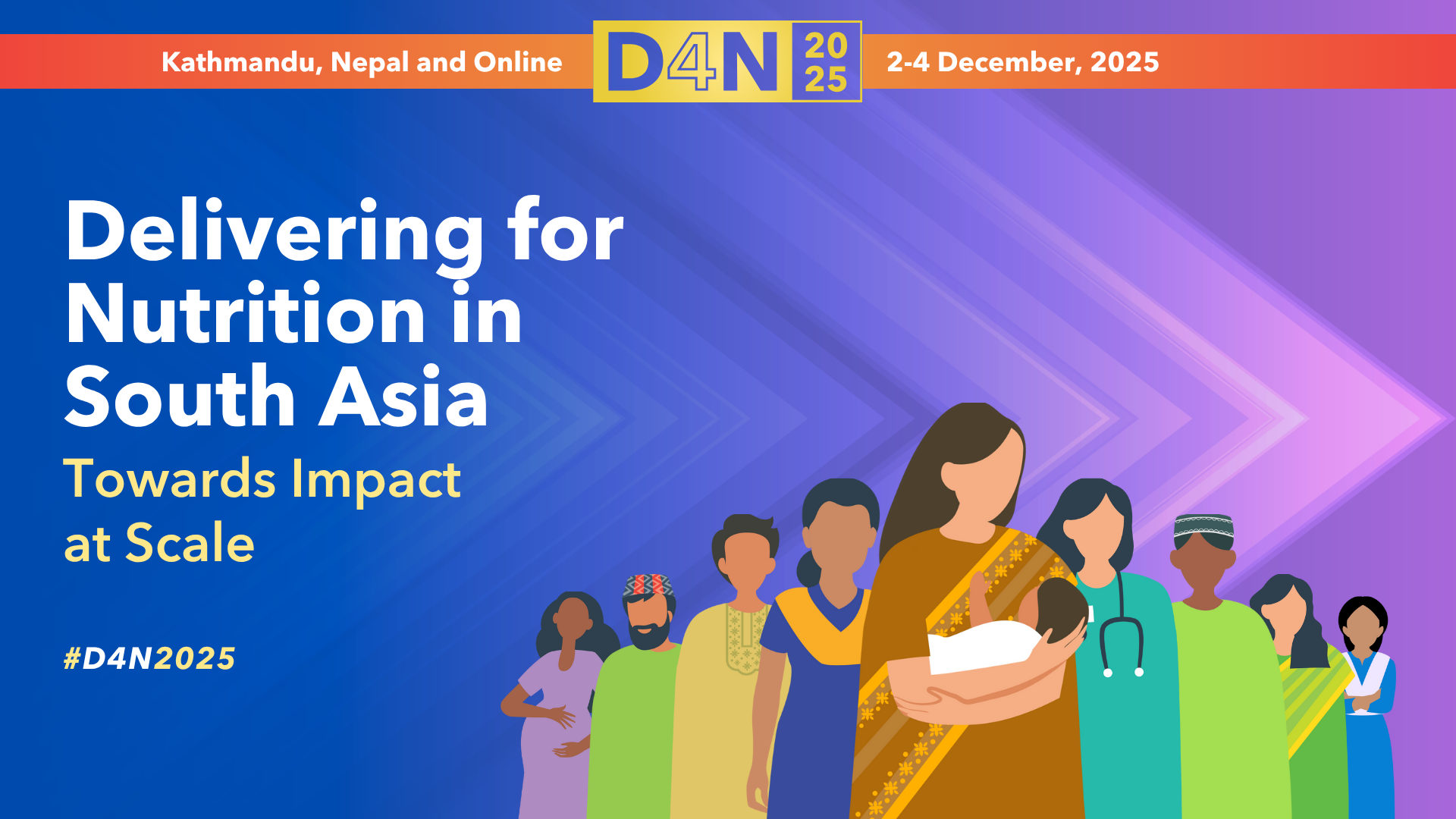
Delivering for Nutrition in South Asia: Towards Impact at Scale
South Asia continues to face an enduring burden of malnutrition in all its forms—undernutrition, micronutrient deficiencies, and a steady increase in overweight and obesity and non-communicable diseases. Over 1 billion people in South Asia cannot afford a healthy diet. While many promising solutions have emerged, translating them into sustained, large-scale impact remains a challenge. This […]

Into, Through and Beyond USAID Programs: Lessons from the Women’s Empowerment in Agriculture Index
Virtual Event: March 29, 2023 – 9:00 AM- 10:15 AM EDT. This webinar will mark the launch of two briefs, one on the use cases of WEAI in USAID projects worldwide and the other on how WEAI has informed and supported the design of policies and programs in Bangladesh.




